Book of the Day Roundup: December 27-31, 2021
Fun & Funky Cross Stitch
160+ Designs, 5 Alphabets, 30 Bonus Gift Ideas
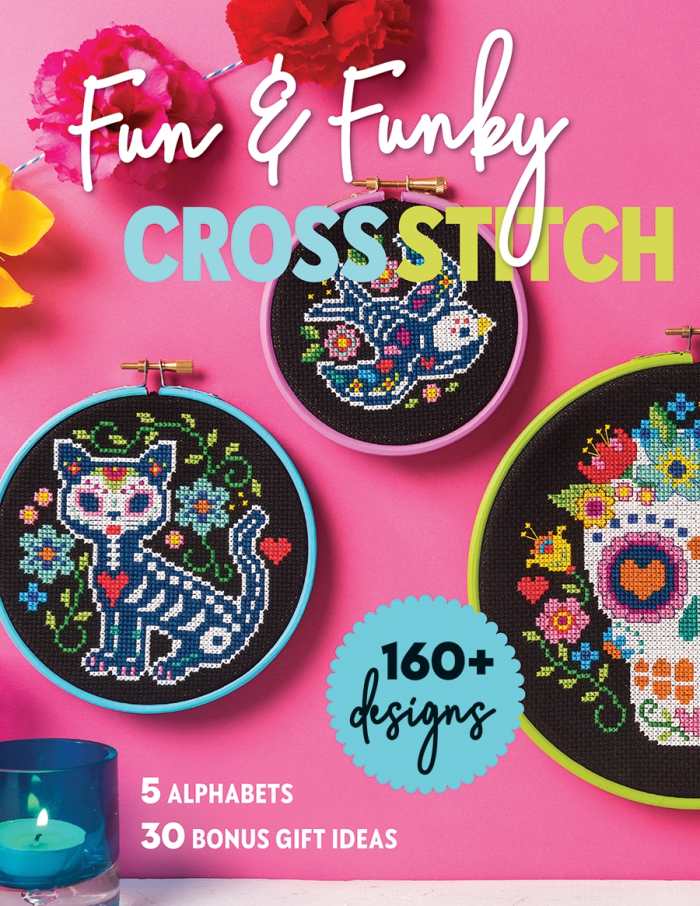
Immediate Media
C & T Publishing
Softcover $19.95 (80pp)
978-1-64403-153-7
Buy: Local Bookstore (Bookshop)
With a mix of retro style and modern sensibilities, Fun & Funky Cross Stitch includes more than 160 colorful, creative cross stitch designs and project ideas that tap into pop culture. The work of eight different artists, these designs include dense and colorful city scenes and minimalist zodiac signs, too.
In addition to larger projects like celestial scenes and plaid animal silhouettes, there are sections with tiny projects inspired by 1980s style, pop art, and modern Space Age design. These sections include gift ideas for the projects—stitching them on plastic canvas, for example, to make a pendant. And the instructions at the back of the book guide new stitchers in the basics.
Each project includes a fact box that details its approximate stitching time, the types of stitches used, and the skill level that’s necessary to complete it, alongside a comprehensive key that shows the symbols and coordinating floss colors used in it; shopping lists cover the fabric and other notions required. Still, some of the smaller charts come without numbers to aid in counting rows and stitches, though stitchers can print out the charts and add them by hand as needed.
With so many small and quick-to-stitch projects, crafters are sure to be inspired to come up with lots of ways to use them, from gift tags and cards to key chains or magnets stitched on plastic canvas. The designs are colorful and fun to stitch, and sure to dispel the dusty notion of cross stitch as a stodgy, boring craft.
Fun & Funky Cross Stitch includes a variety of cross stitch designs. It will appeal to children of the 1980s, as well as those who appreciate pop culture kitsch and midcentury designs.
SARAH WHITE (December 27, 2021)
The Spanish Daughter
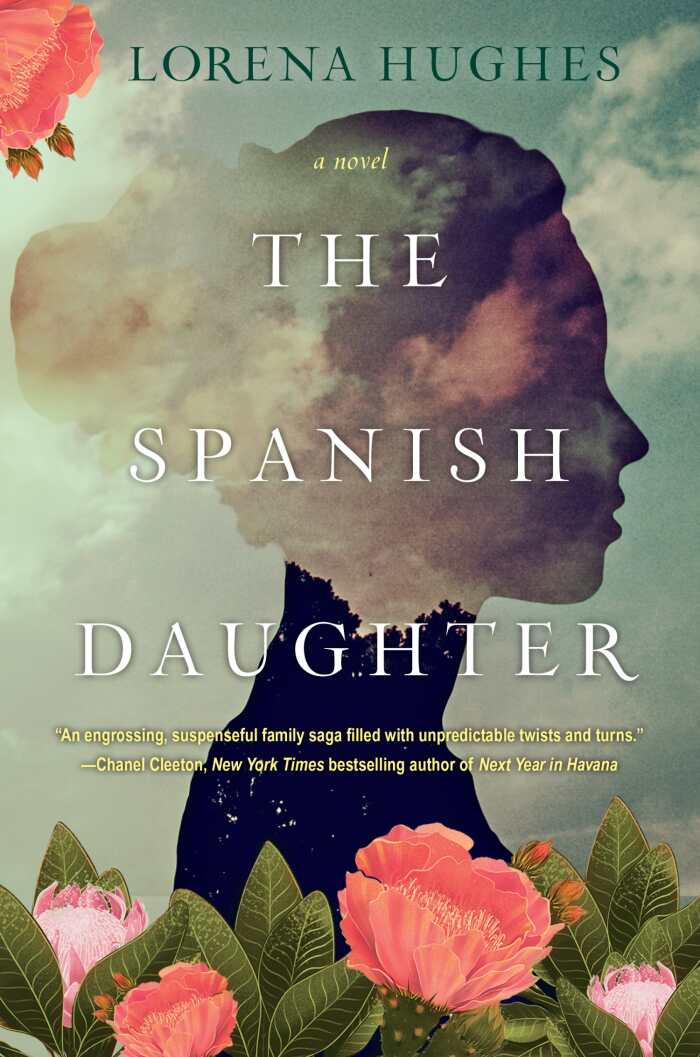
Lorena Hughes
Kensington Books
Softcover $15.95 (352pp)
978-1-4967-3624-6
Buy: Local Bookstore (Bookshop)
In Lorena Hughes’s panoramic novel The Spanish Daughter, World War I left Spain devastated. Puri, a chocolatier, and her novelist husband leave their Seville home for lush, tropical Ecuador, hoping to claim the inheritance left to Puri by her estranged father.
Puri knew that she was going to a land renowned for its cacao plantations, but what she did not know was that she would be ensnared in family secrets, jealousies, and lies. Left a widow, she’s forced to assume the identity of her husband, Cristóbal, to bring his murderer to justice.
Aware that she, and not Cristóbal, was the killer’s intended victim, Puri suspects a member of her Ecuadorian family. Though hoping her disguise will protect her until she can discover the truth, she soon finds that learning to live as a man in a man’s world is not easy. While relieved at leaving restrictive women’s clothing and the need for a husband’s permission behind, her feelings shift to fear as she confronts situations that require excessive drinking, riding horseback, engaging in fisticuffs that leave her sore and bruised, and even visiting the local brothel.
Puri’s emotions are in turmoil. She reckons with the loss of her husband, the effects of her father’s abandonment when she was two, and the discovery that her father established a second family in Ecuador. Threatening to unhinge her mission is her longing to become part of that extended family—as well as her attraction to a man who becomes a surprising ally.
Passionate and suspenseful, The Spanish Daughter is a satisfying historical mystery set in a lush tropical land.
KRISTINE MORRIS (December 27, 2021)
Profaning Paul
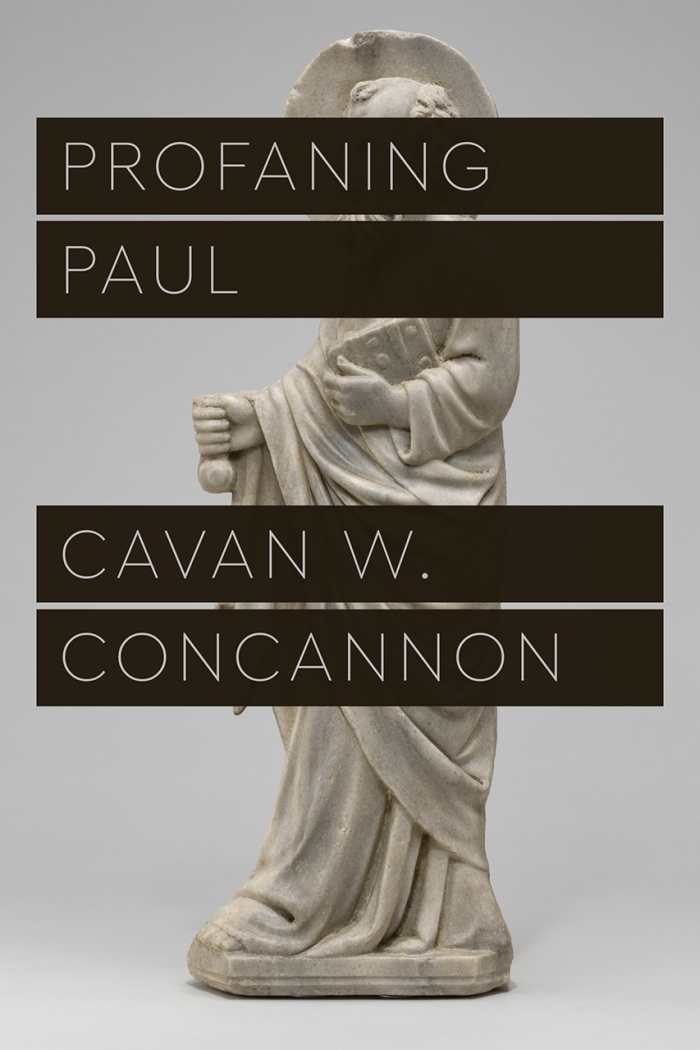
Cavan W. Concannon
University of Chicago Press
Softcover $27.50 (192pp)
978-0-226-81565-7
Buy: Local Bookstore (Bookshop)
Cavan W. Concannon’s Profaning Paul is likely the first work of biblical criticism that begins in an outhouse and ends in a garbage heap. Its references to waste offer laugh-out-loud moments throughout its provocative work, which concentrates on modern interpretations of the Pauline epistles. This wouldn’t be the best choice for fundamentalist friends, but it’s a fascinating, entertaining book for spiritual seekers who are willing to get their hands dirty.
Paul’s letters are central to much of Christianity; verses like I Corinthians 13 are iconic. But the letters are also littered with passages that tolerate slavery, subjugate women, fantasize violence and control, devalue the fleshy body and the physical world, and implicitly condone white male power. Thus, Concannon’s book contends that leading Pauline scholars are like garbage pickers, trying to salvage the power in Paul while explaining away the rest.
Brilliant at exploring the fine line between rotten garbage and life-giving compost, the book claims that Paul “can be explained, but he can’t be saved. He’s just too dangerous.” Profaning Paul reveals him as “no longer the family patriarch but the weird uncle we occasionally invite to Thanksgiving.” Who knew that studying the muck of a first-century toilet could be so inspiring?
KRISTEN RABE (December 27, 2021)
A Year in the Woods
Twelve Small Journeys into Nature
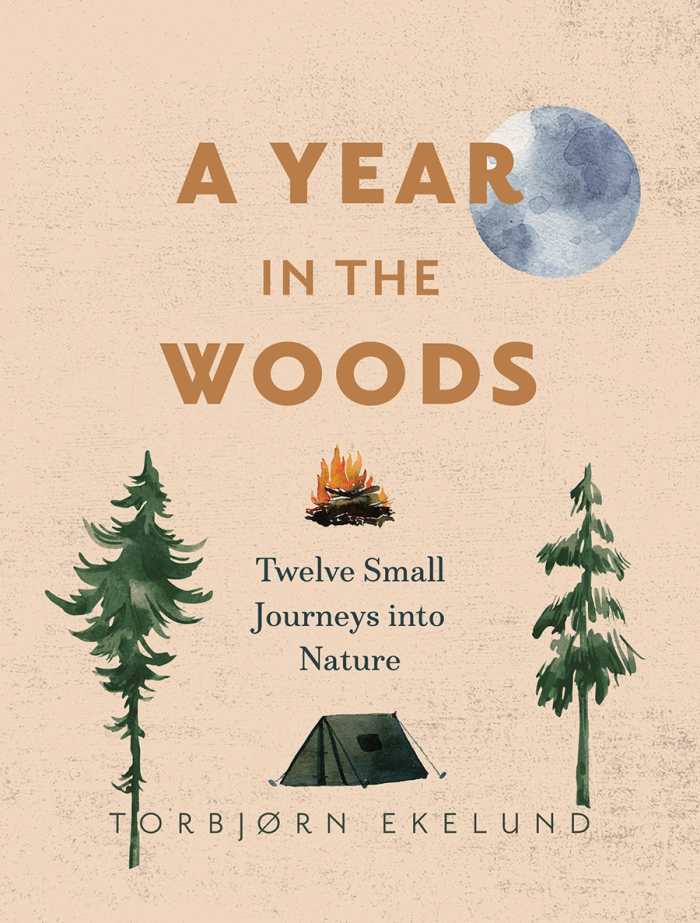
Torbjørn Ekelund
Becky L. Crook, translator
Greystone Books
Hardcover $26.95 (256pp)
978-1-77164-512-6
Buy: Local Bookstore (Bookshop)
When responsibilities derailed his childhood dream of becoming a famous explorer, Torbjørn Ekelund felt bereft of intimate participation in the seasonal changes of his beloved Norwegian forests. So he made a decision: once each month, he would go on a solitary “micro-expedition,” camping and sleeping in a tent next to a glacial pond surrounded by peat bogs and marshes, doing nothing other than noticing the changes of the seasons. It would be, he writes in A Year in the Woods, his personal, humble Walden.
Ekelund’s fumbling efforts to stay warm during a January night are both poignant and funny. He struggles with freezing temperatures, wet firewood, the lack of snow pants, and an iffy sleeping bag. The acquisition of more adequate clothing (any real Norwegian knows the importance of wool socks, right?) and gear makes subsequent stays more comfortable, though he admits the power of a winter night, alone in a dark Norwegian forest, to make him feel like the last human left on Earth.
Having hoped for “big thoughts” to arise during his monthly stays, Ekelund instead found that it was emptying his mind and escaping social constraints in favor of a life on the edge that liberated his spirit and made every moment intense. Along with the deep silence of winter and the buzzing heat of summer, he describes how the industry and chaos of spring’s hormone-drunk birds, and the settling of autumn’s glorious colors into a thickening darkness, touched and transformed him.
In A Year in the Woods, Torbjørn Ekelund muses on the brevity of life, and how most people no longer know what real freedom feels like. But his book’s most memorable message is that, despite how human arrogance led to the loss of much of life’s magic, a single night out in the woods can help restore it.
KRISTINE MORRIS (October 27, 2021)
Jazz Age Cocktails
History, Lore, and Recipes from America’s Roaring Twenties
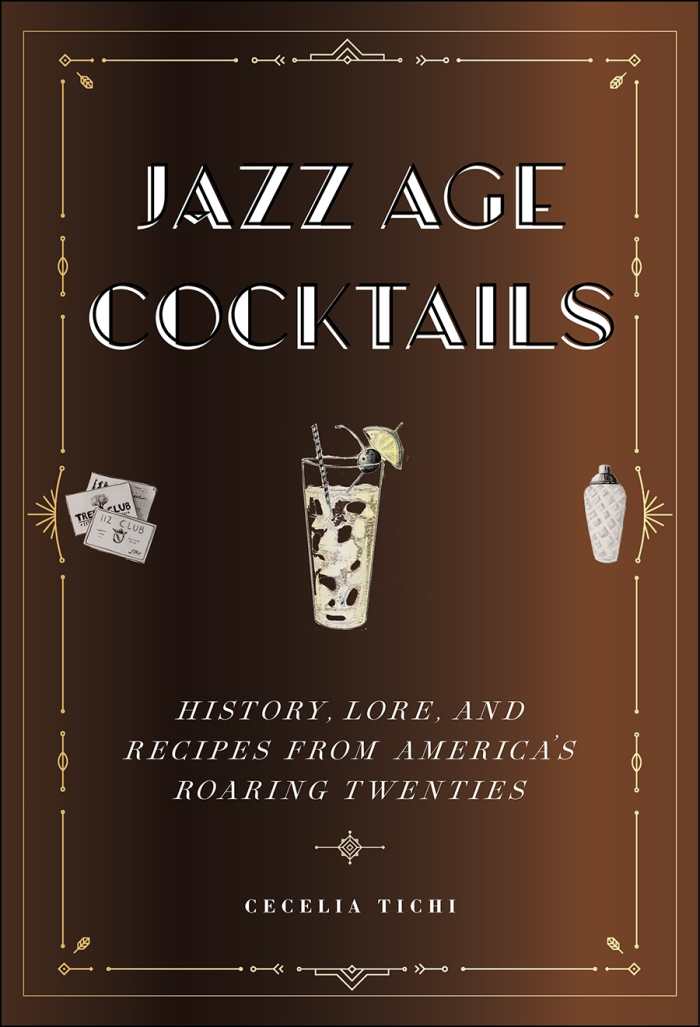
Cecelia Tichi
NYU Press
Hardcover $19.95 (168pp)
978-1-4798-1012-3
Buy: Local Bookstore (Bookshop)
Jazz Age Cocktails is a vivacious, accessible history of drinking and popular culture during Prohibition era America. Cecelia Tichi writes with enthusiasm and authority about this heady time, and her work is as easy to savor as a Champagne Julep. Its chapters cover aspects of Jazz Age society, including automobiles and airplanes; the gaudy, violent rise of organized crime; and the explosion of slang, games, and stunts. Vintage cocktail recipes conclude each section—most of them unfamilliar, wild concoctions that are spiked with unusual ingredients.
While only the wealthy could afford rumrunner and speakeasy prices, loopholes enabled others to obtain alcohol prescriptions for medical or “sacramental” use; others fabricated dangerous homemade hooch from denatured alcohol or worse. The book portrays a hedonistic, frenetic time when folks sought release from the nightmare of wartime carnage and the specter of the 1918 flu pandemic. Many “giddy imbibers” craved the excitement and frivolity of cocktail culture, and women indulged in their greater freedoms of fashion and social interaction. Cocktails and cigarettes in hand, the flapper generation emulated the glamorous lifestyles of the Fitzgeralds, aviators, gangsters, and silent screen stars.
Memorable descriptions of Harlem’s Golden Age, warts and all, are shared, as well as the fact that, underneath the glitz, many nightclubs were financially controlled by bootleggers and strictly reserved for white patrons. Duke Ellington insisted on desegregation at the Cotton Club in 1927—an achievement to be celebrated, perhaps with an Orange Satchmo (rye, triple sec, absinthe, bitters, and an orange twist). Ink and wash illustrations and quotes and summaries of Jazz Age literature further evoke this distinctive era.
Jazz Age Cocktails is a fun, illuminating look at an unusual decade that will appeal to cookbook and cocktail mavens who like their recipes with a history chaser. Just be sure to read responsibly, and not while squiffy, ossified, jingled, or boiled as an owl.
RACHEL JAGARESKI (October 27, 2021)
Barbara Hodge
